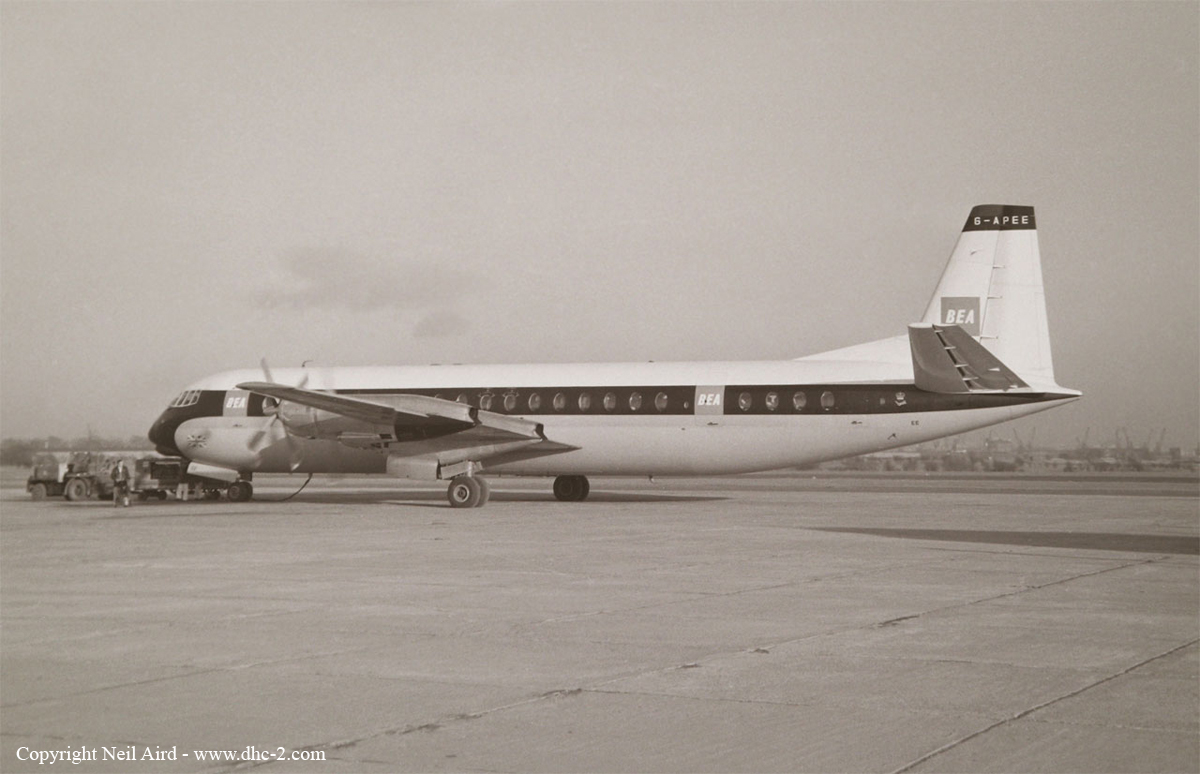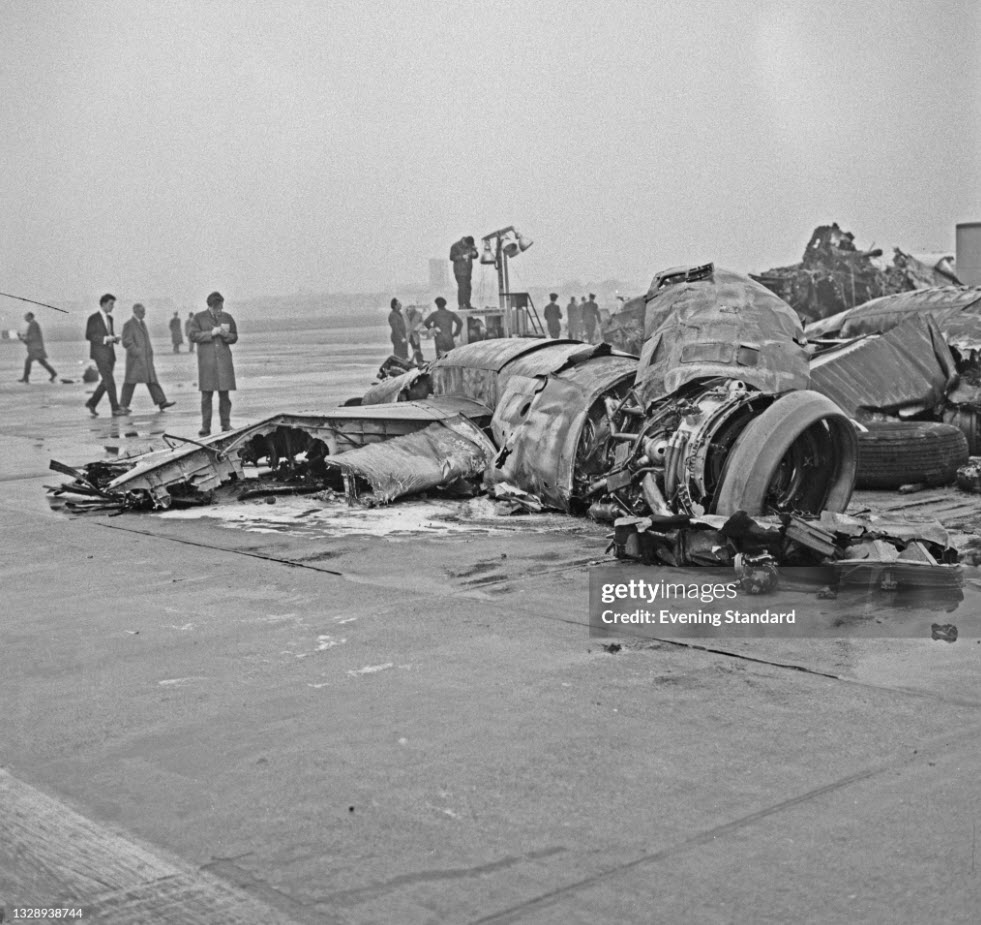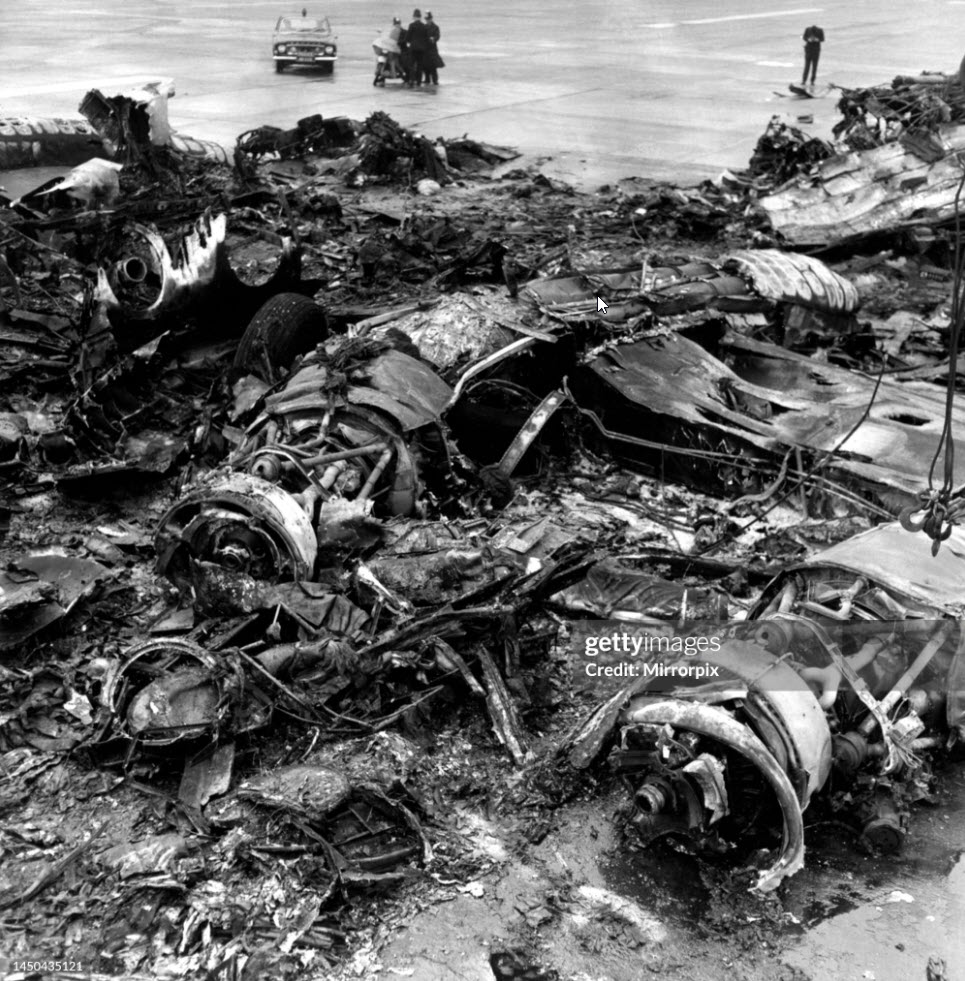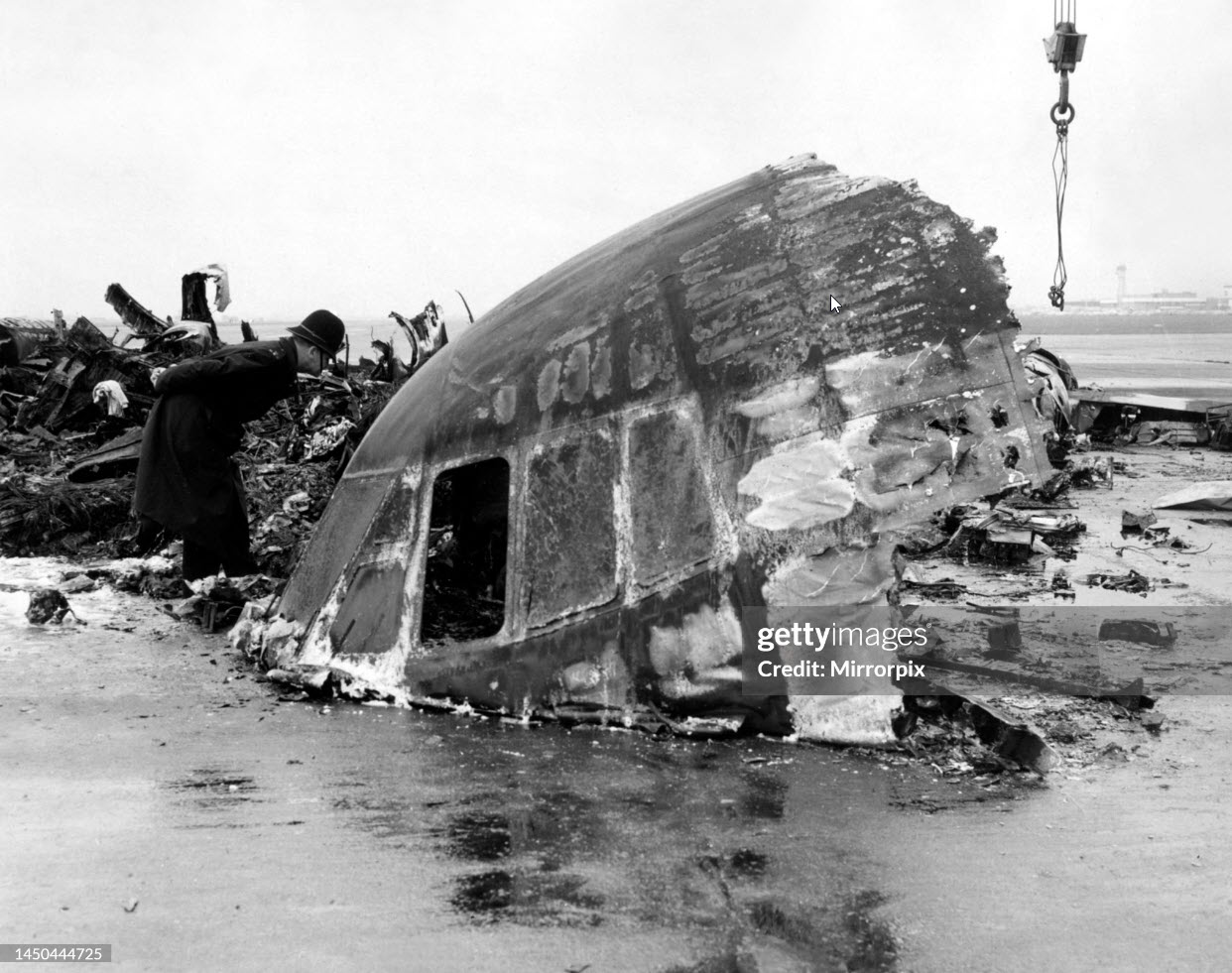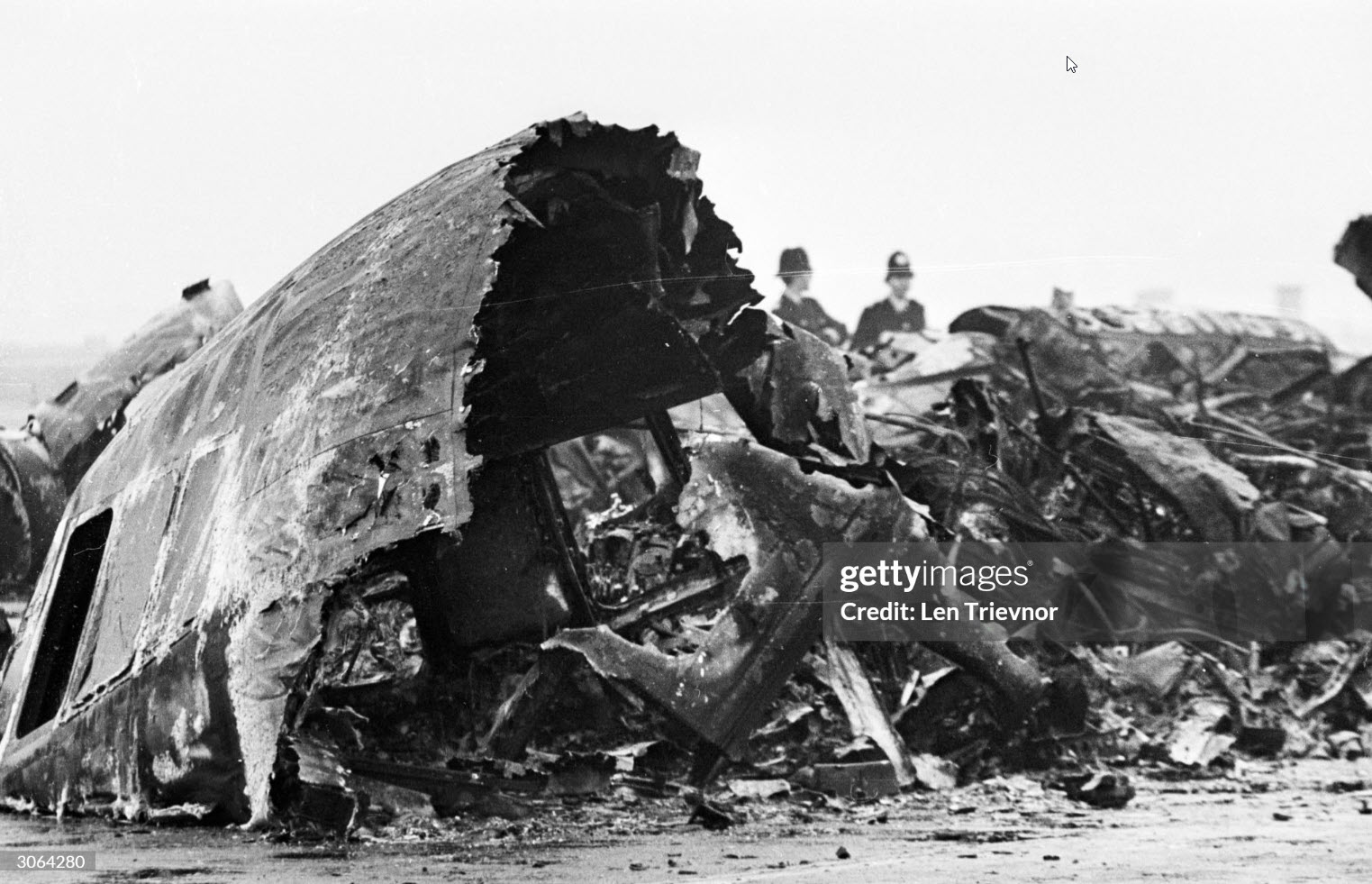Country
Crash of a Vickers 953F Vanguard off Marseille: 3 killed
Date & Time:
Feb 6, 1989 at 1824 LT
Registration:
F-GEJE
Survivors:
No
Schedule:
Marseille - Casablanca
MSN:
730
YOM:
1960
Flight number:
ICS3132
Crew on board:
3
Crew fatalities:
Pax on board:
0
Pax fatalities:
Other fatalities:
Total fatalities:
3
Circumstances:
At 1808LT, the crew reached the runway 32R holding point and was cleared for takeoff 4 minutes later. During the takeoff roll, the captain noticed control problems and abandoned the takeoff procedure and returned to the apron. The crew proceeded to various checks and few minutes later, it was decided to take off again. Shortly after liftoff, while in initial climb, the aircraft rolled to the left then overturned and crashed in the Gulf of Lion few hundred meters offshore. The aircraft was destroyed and all three crew members were killed.
Probable cause:
The accident resulted from a loss of control of the aircraft during take-off following a failure (or disconnection) in the control chain of an aileron servo-compensator. This failure (disconnection) most likely occurred when using the thrust reversers on the last landing. This failure (disconnection) appears to be the result of an earlier damage probably located in the control chain of the left aileron servo-compensator, struck by a stepladder after the antepenultimate flight; however, the link between the two elements could not be formally established. Before take-off, the crew did detect the anomaly in the roll controls but performed an incorrect analysis and did not perform all the checks required by the flight manual in this case. The power reduction immediately after take-off exacerbated the loss of control of the aircraft by causing it to stall. The fact that this flight is an instruction flight and the relatively modest experience of this crew on aircraft of this technology were aggravating factors.
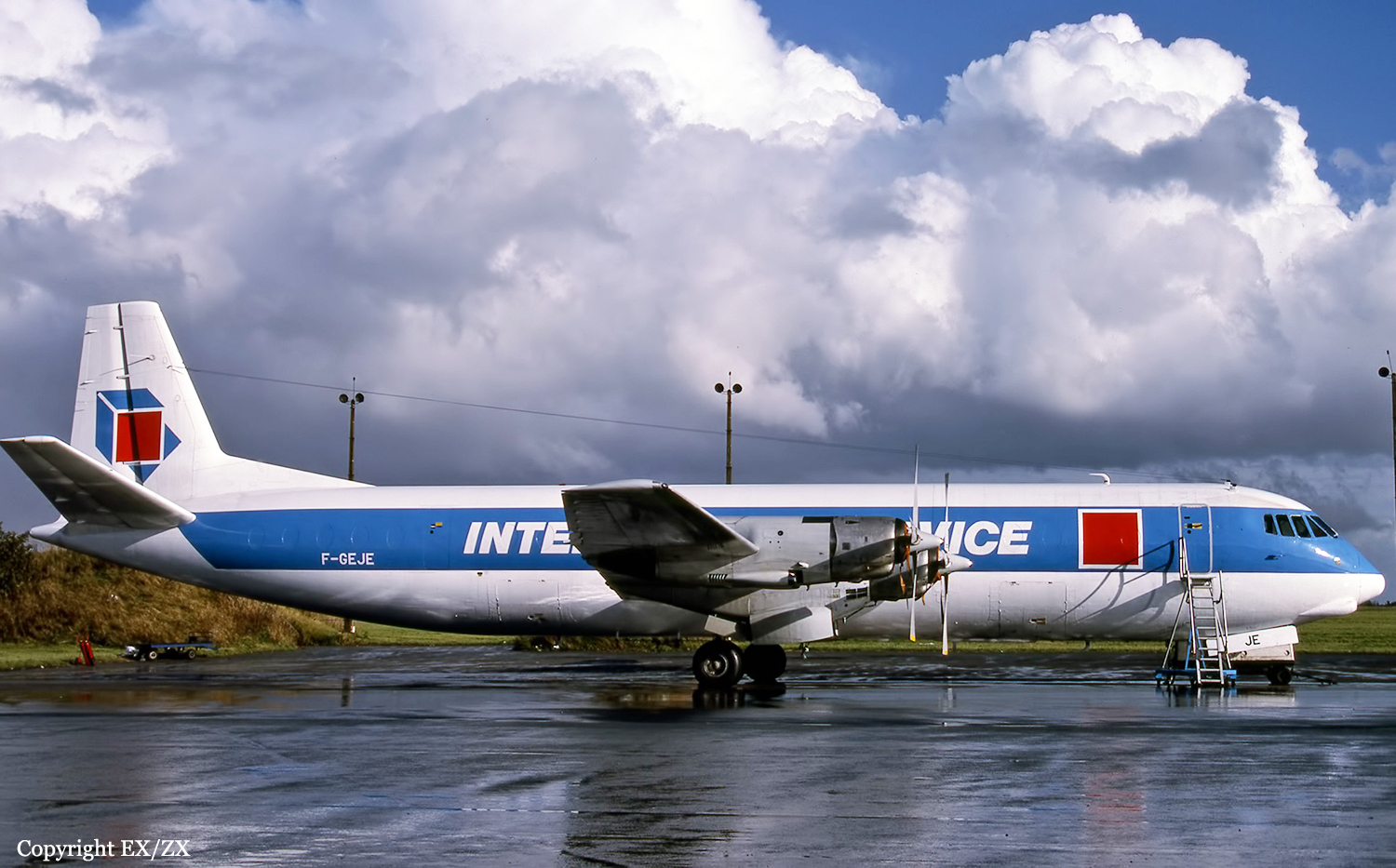
Crash of a Vickers 953C Vanguard in Toulouse
Date & Time:
Jan 29, 1988 at 0111 LT
Registration:
F-GEJF
Survivors:
Yes
Schedule:
Toulouse - Paris-Orly
MSN:
715
YOM:
1961
Flight number:
ICS1004
Crew on board:
3
Crew fatalities:
Pax on board:
1
Pax fatalities:
Other fatalities:
Total fatalities:
0
Aircraft flight hours:
30019
Circumstances:
During the takeoff roll on runway 36L at Toulouse-Blagnac Airport, at a speed of 110 knots, the captain started the rotation while the engine n°4 was not running properly. After liftoff, the aircraft banked right, causing the right wing tip to struck the runway surface. Out of control, the aircraft stalled and crashed 136 meters to the right of the runway. It broke in two and burst into flames. All four occupants were injured.
Probable cause:
It was determined that the accident was the consequence of a loss of control at rotation during a takeoff carried out according to an unsuitable procedure. The loss of control was caused by the huge drag created by the engine n°4 propeller that was running in idle position, leading to a minimum air control speed greater than the takeoff speed. The progressive deterioration of the weather conditions preoccupied the crew and focused his attention, at the expense of the problem on engine n°4. The decision to take off on three engines was announced during taxi only and the improvised takeoff procedure was not analysed by the crew prior to departure.
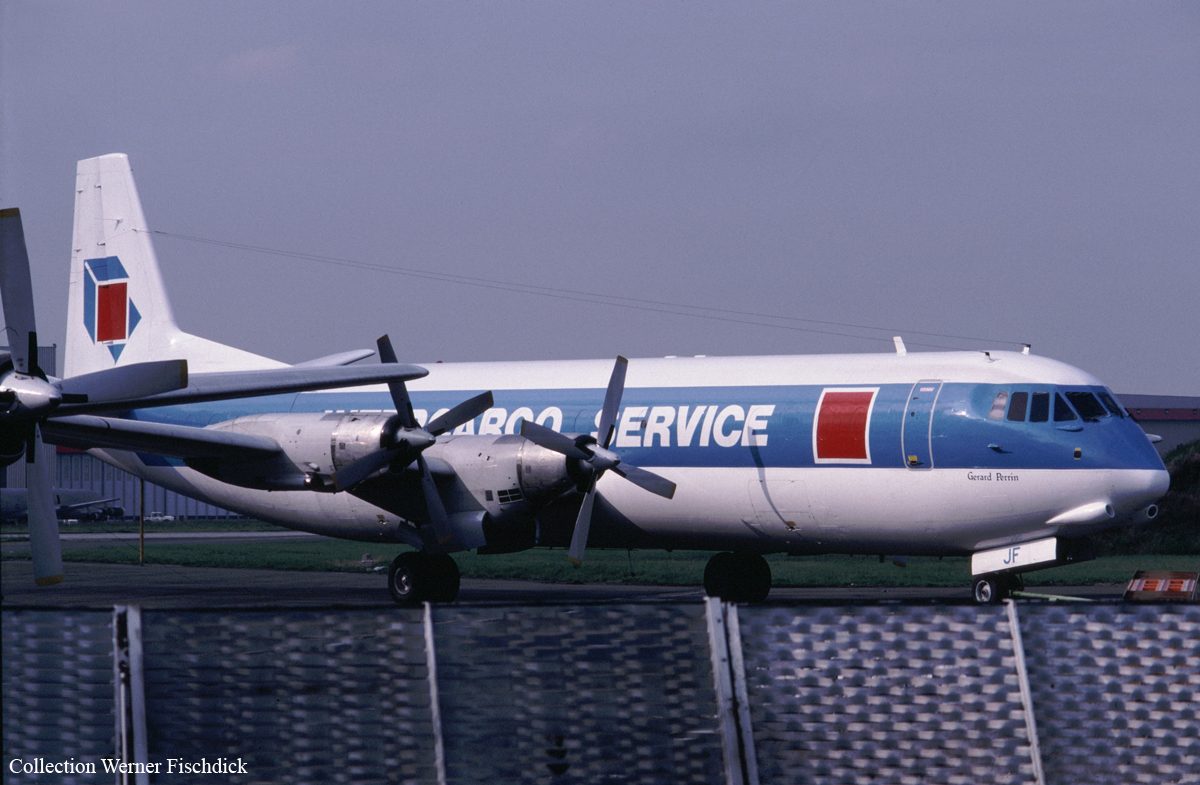
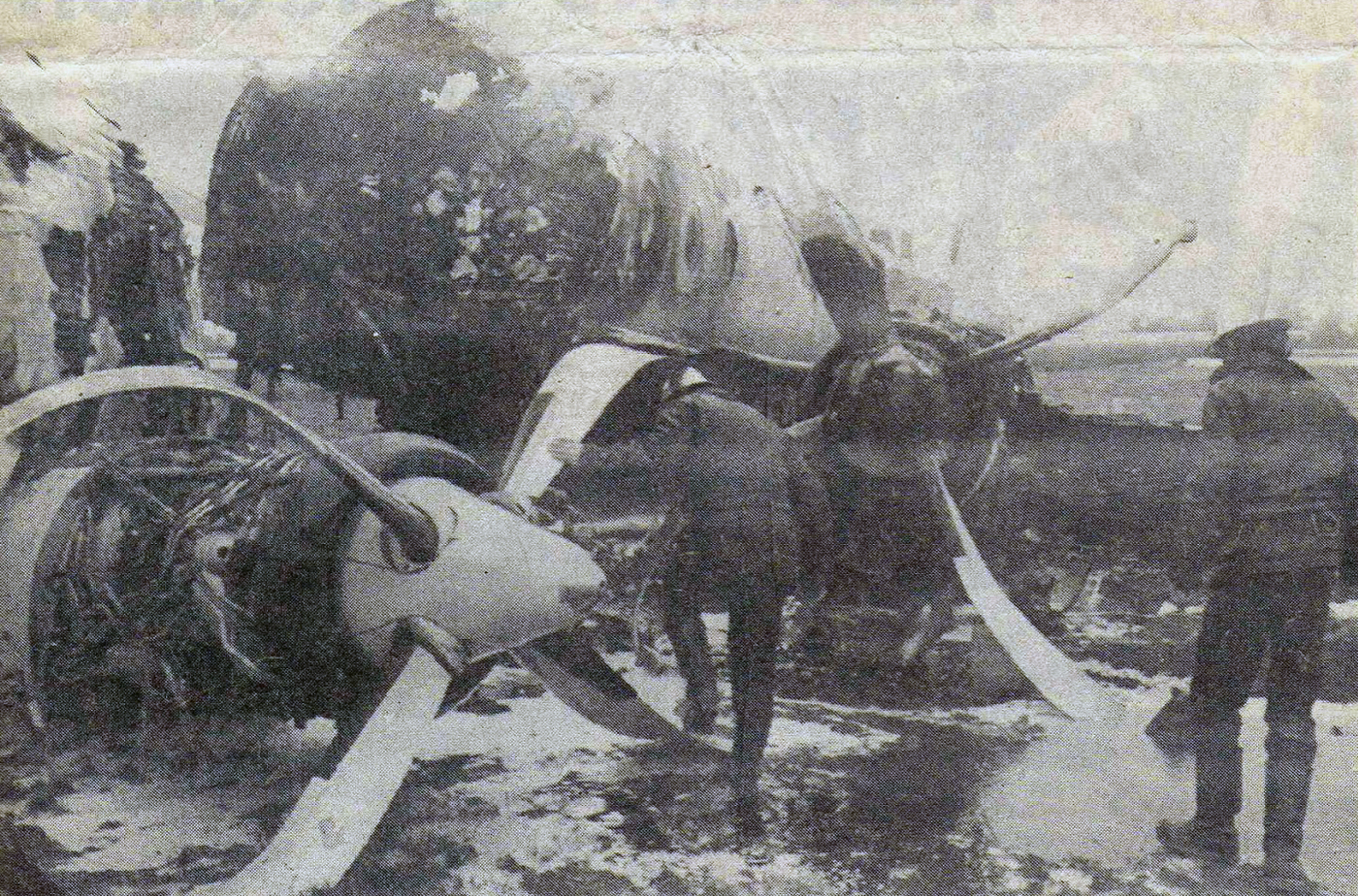
Crash of a Vickers 952 Vanguard in Hochwald: 108 killed
Date & Time:
Apr 10, 1973 at 1013 LT
Registration:
G-AXOP
Survivors:
Yes
Schedule:
Bristol - Basel
MSN:
745
YOM:
1962
Flight number:
IM435
Crew on board:
6
Crew fatalities:
Pax on board:
139
Pax fatalities:
Other fatalities:
Total fatalities:
108
Captain / Total hours on type:
1088.00
Copilot / Total hours on type:
1256
Aircraft flight hours:
16367
Circumstances:
The Invicta International Airlines Vickers Vanguard was operating on a charter flight from Bristol (BRS) to Basel-Mulhouse (BSL). After entering the Basel Mulhouse terminal area, the flight was cleared to continue to the BN NDB. Weather was poor at that time: cloud base at 120 m (390 feet) and a reported runway visual range of 700 (2,300 feet) and 1,300 m (4,250 feet). On arrival at the BN beacon the crew were cleared to descend to 2,500 feet and were asked to report over the MN beacon before making a 90° left hand turn to finals for runway 16. At 09:56 the crew reported at 2,500 feet, followed by a position report of the MN beacon at 09:57:40. When on finals over the BN beacon, the crew reported turning outbound and said they would report at the MN beacon again for another approach. When the crew reported overhead the BN beacon again, the plane was in fact overhead the airfield, flying parallel to the ILS localizer beam. After 1,5 minute the aircraft began to overshoot, correctly making an initial turn to the west. The crew, now flying well south of the field, were instructed to report back over the MN beacon. When reporting over the MN beacon again, before it would have to turn left for finals, the plane was in fact overhead the BS beacon, a beacon located to the south of runway 16. At 10:11:25 the crew reported over the BN beacon on finals and was cleared to land. In fact the plane was now flying 3 miles South of the field and 1 mile west of the extended centerline. Two miles further on Basle ATC asked the crew "Are you sure you are over the BN?". The captain replied "I think I've got a spurious indication. We are on the LO... on the ILS now, sir". Half a minute later the captain radioed "BN is established on localizer and glide path; the ADF's all over the place in this weather." Last radio contact was when the captain reported at 1,400 feet, to which ATC replied that the flight was probably to the south of the airport. At 10:13 the plane brushed against a wooded range of hills and crashed 15 km southeast from the airport. The aircraft disintegrated, except for the tail section, where most of the survivors were found. Two stewardess and 35 passengers survived while 108 other occupants were killed.
Probable cause:
A loss of orientation during two ILS approaches carried out under instrument flight conditions. The following factors contributed to the occurrence of the accident:
- Inadequate navigation, above all imprecise initiation of final approach as regards height and approach centerline,
- Confusion of aids,
- Insufficient checking and comparison of navigational aids and instrument readings (cross and double checks).
The poor reception of ht medium wave beacons and technical defects in LOC receiver No.1 and glide slope receiver no.2 made the crew’s navigational work more difficult.
- Inadequate navigation, above all imprecise initiation of final approach as regards height and approach centerline,
- Confusion of aids,
- Insufficient checking and comparison of navigational aids and instrument readings (cross and double checks).
The poor reception of ht medium wave beacons and technical defects in LOC receiver No.1 and glide slope receiver no.2 made the crew’s navigational work more difficult.
Final Report:
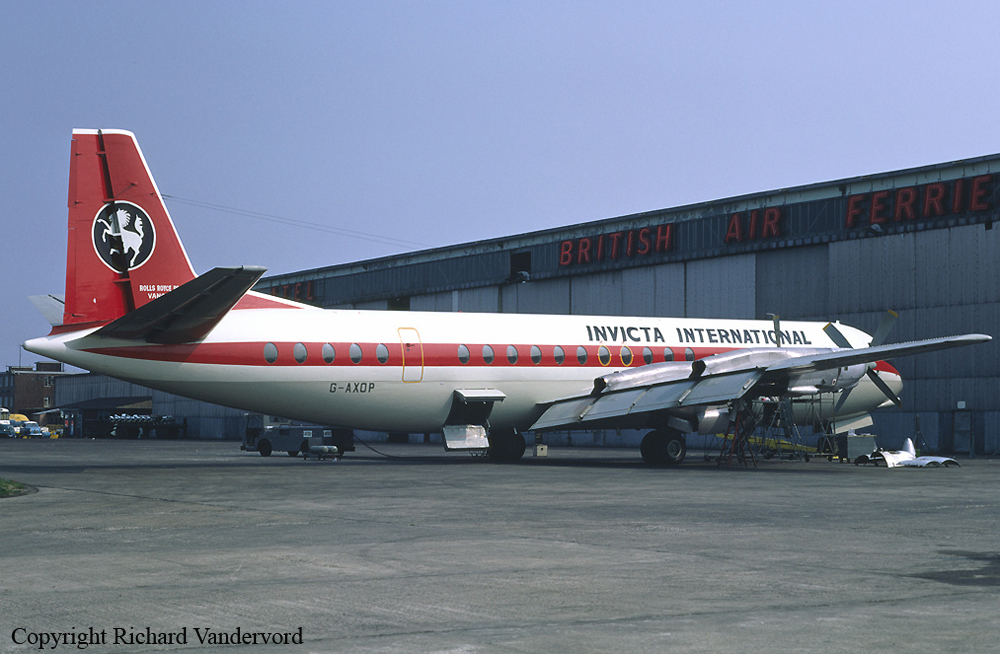
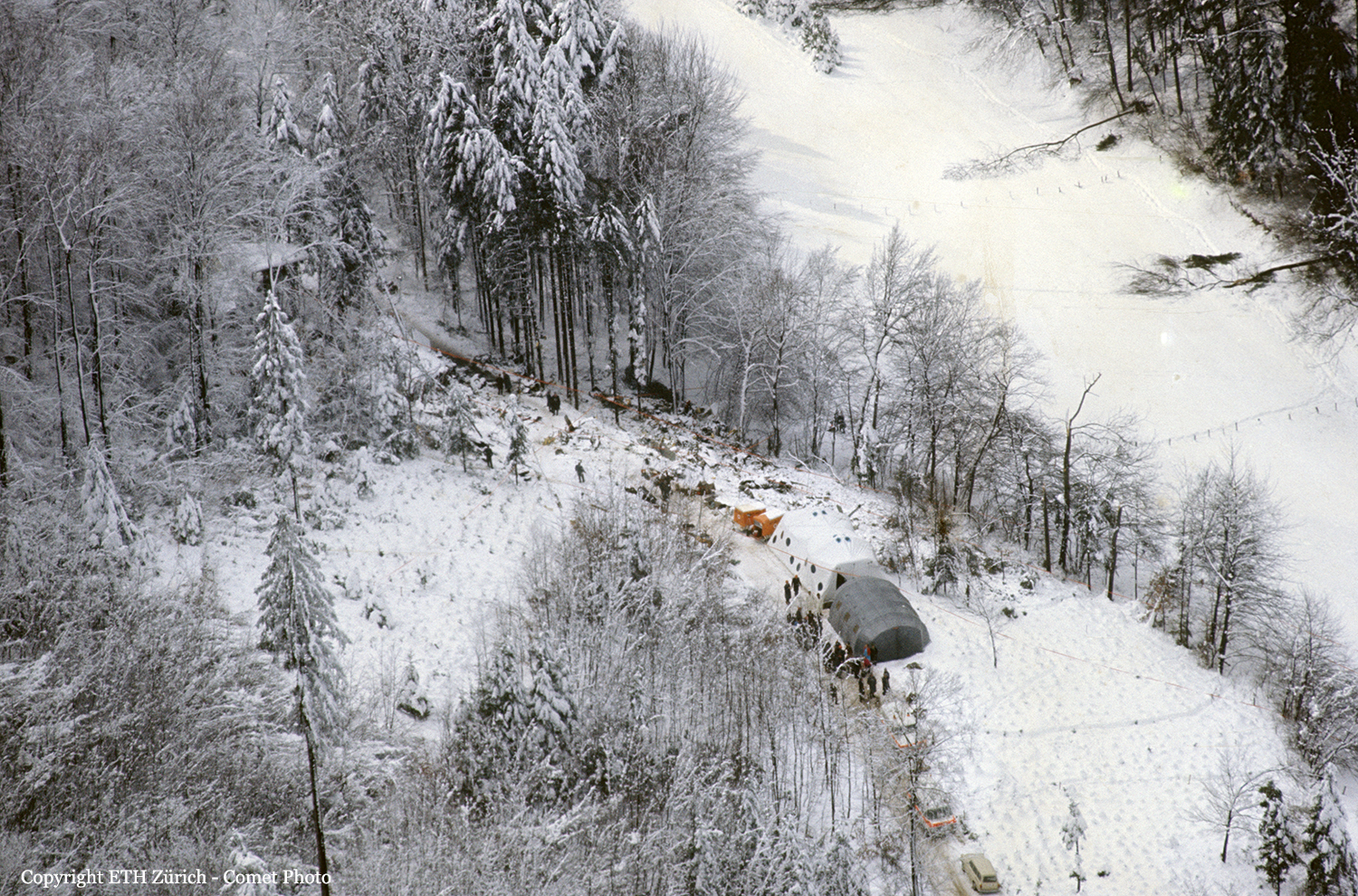
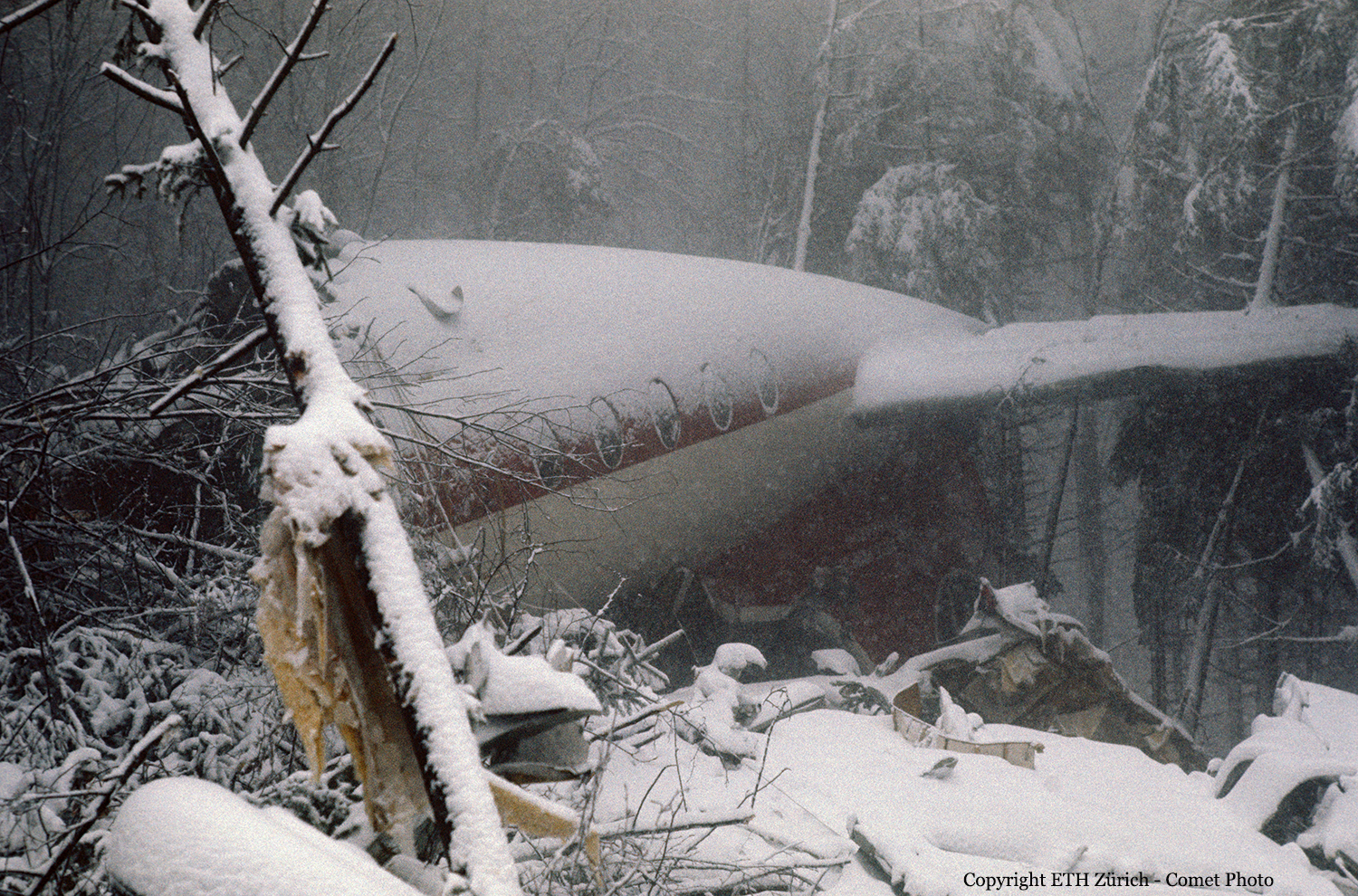
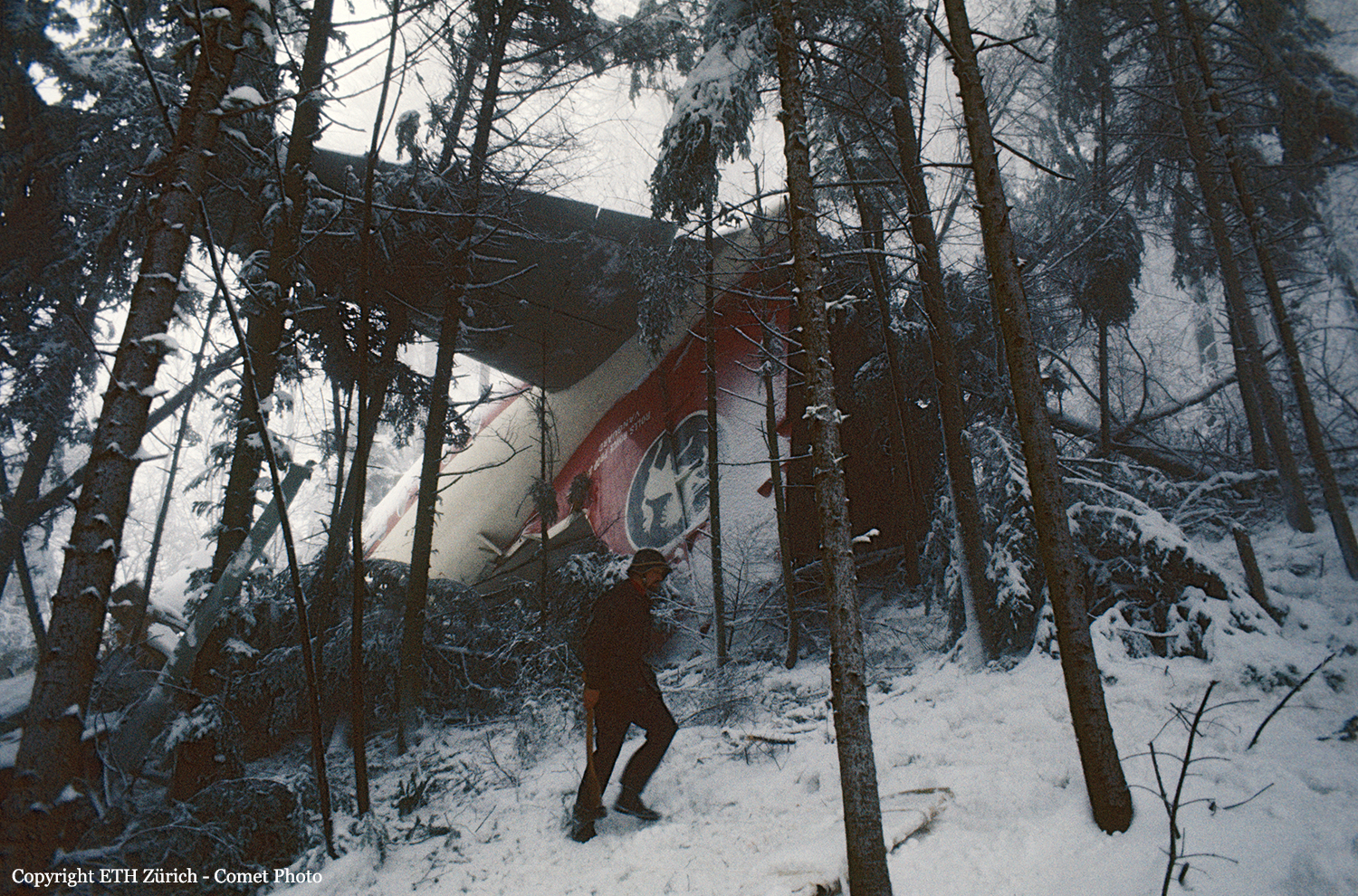
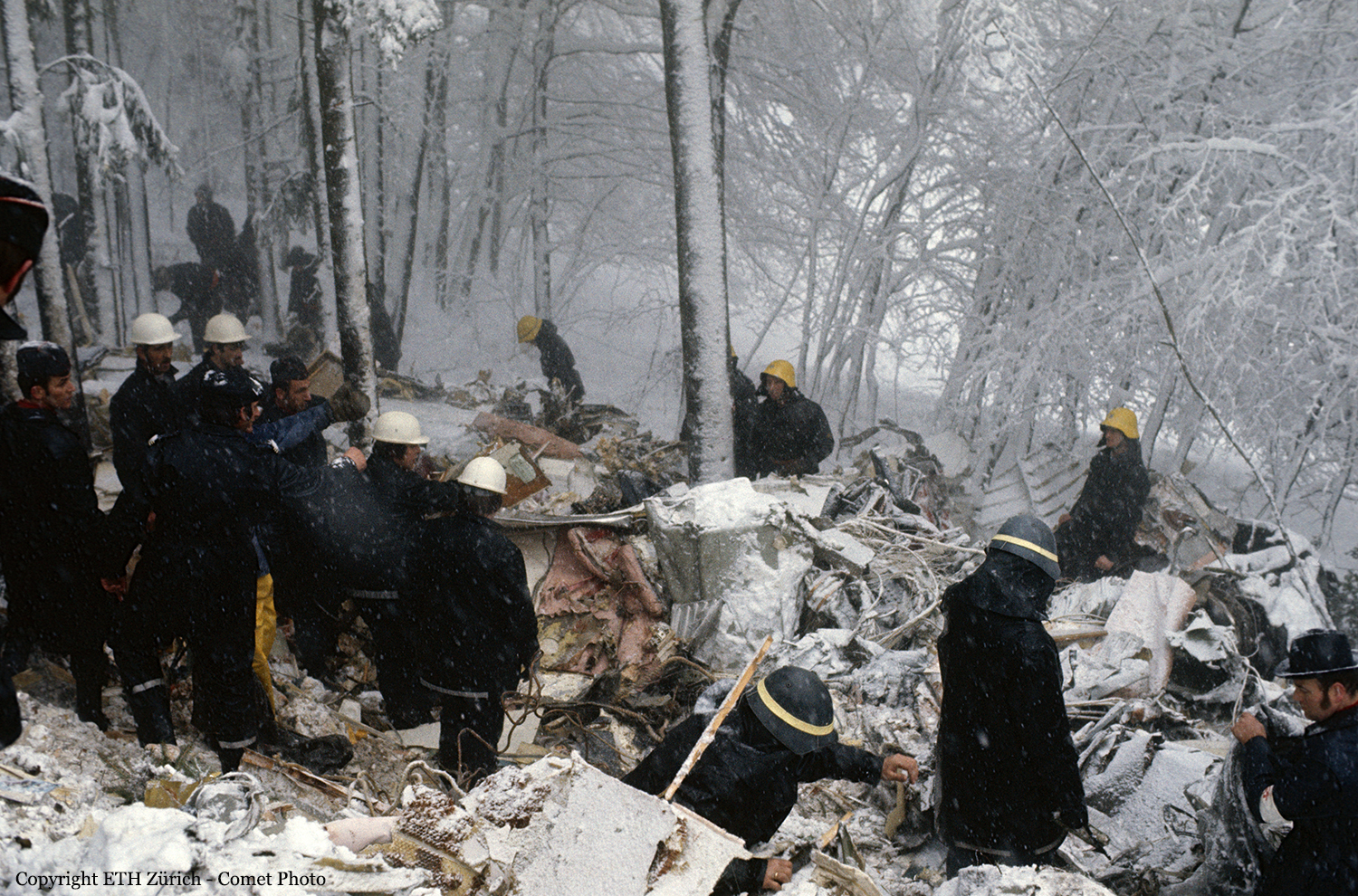
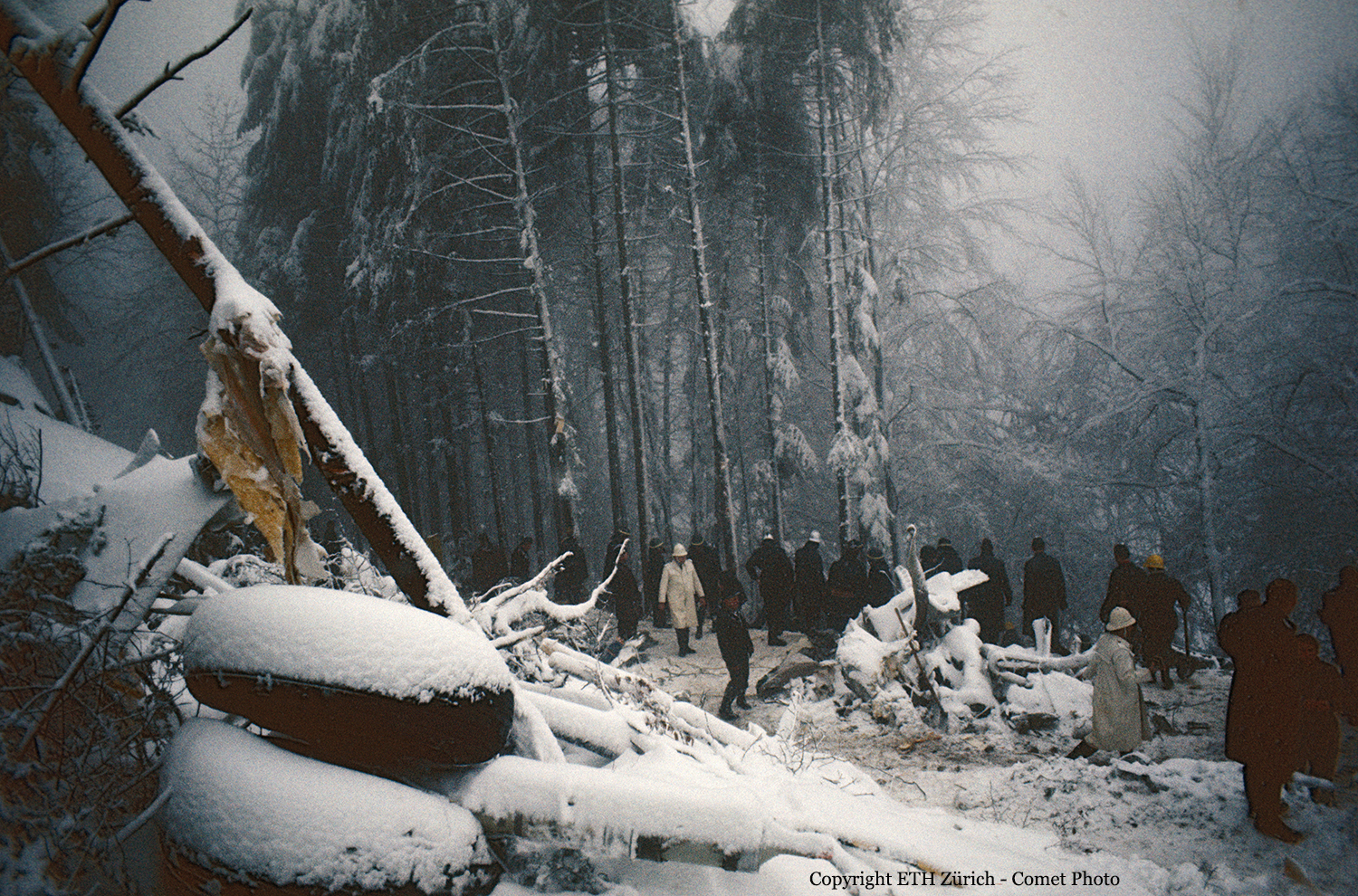
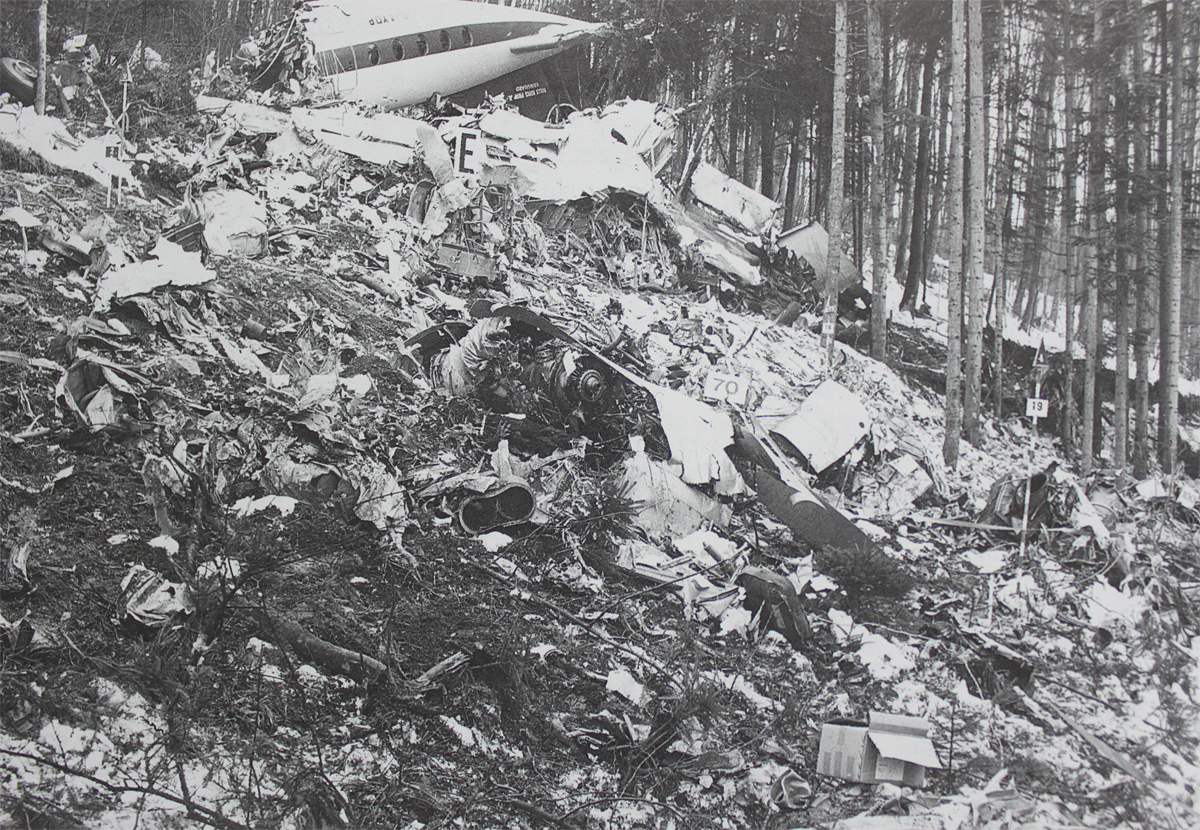
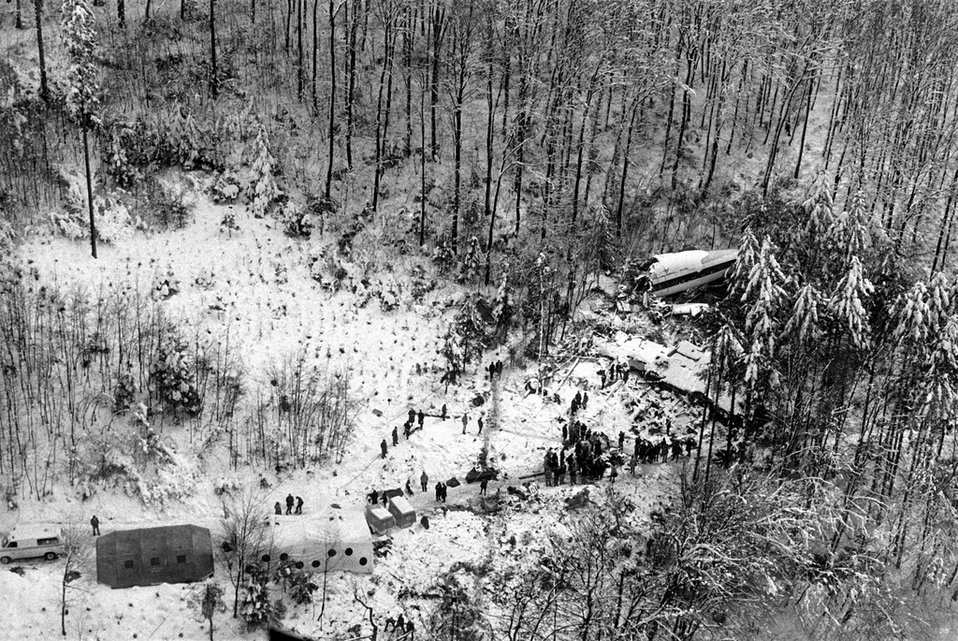
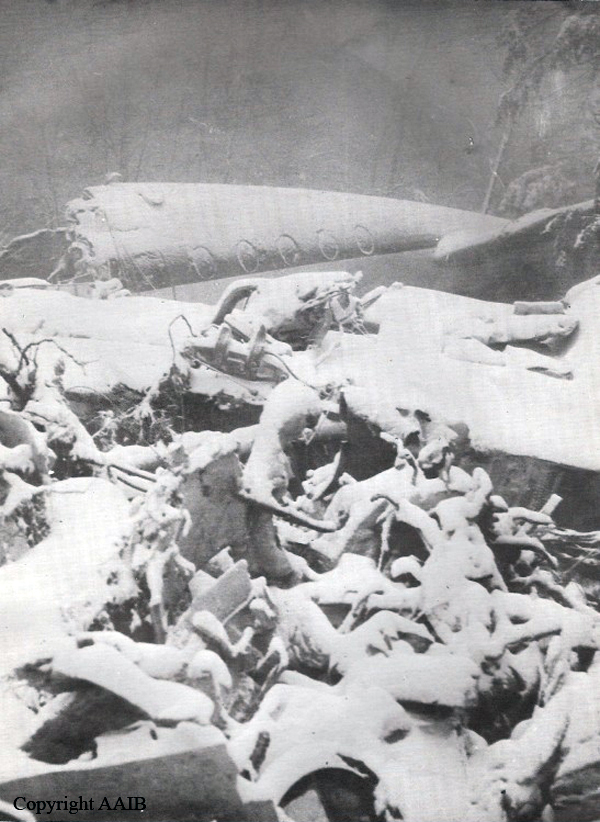
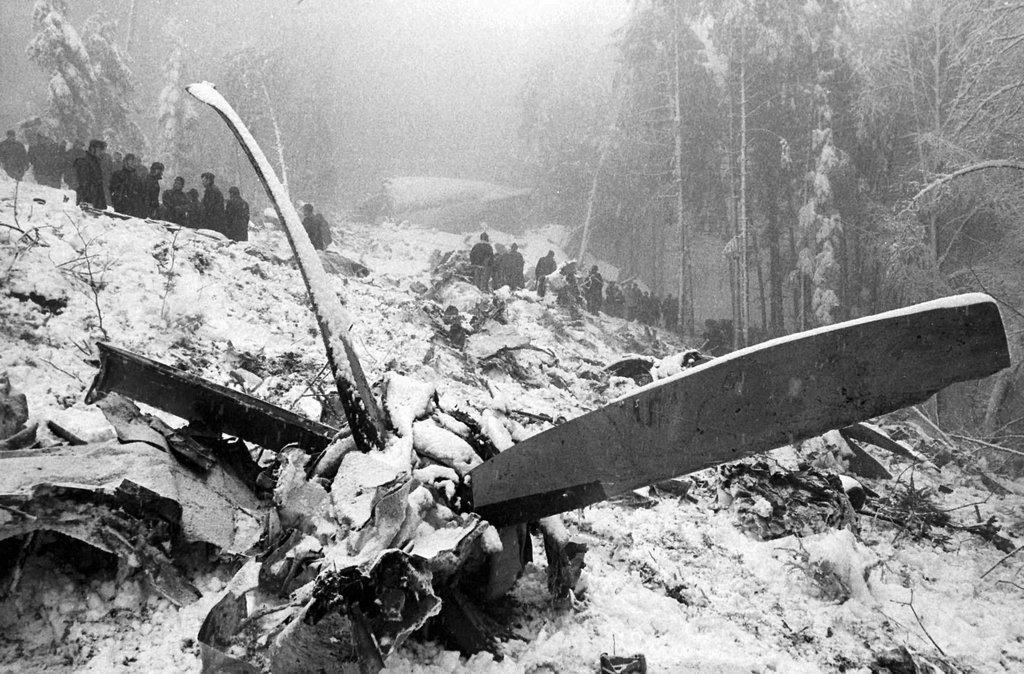
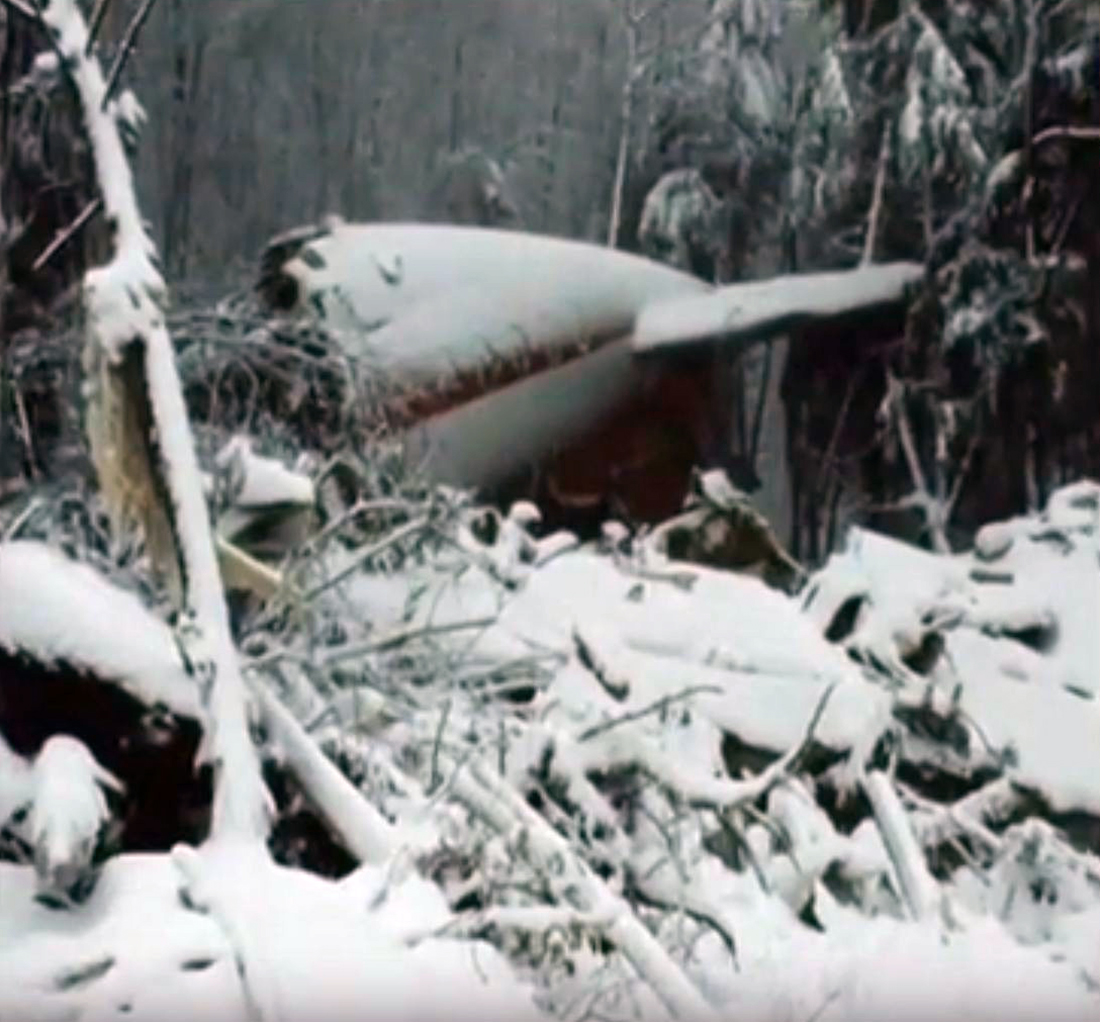
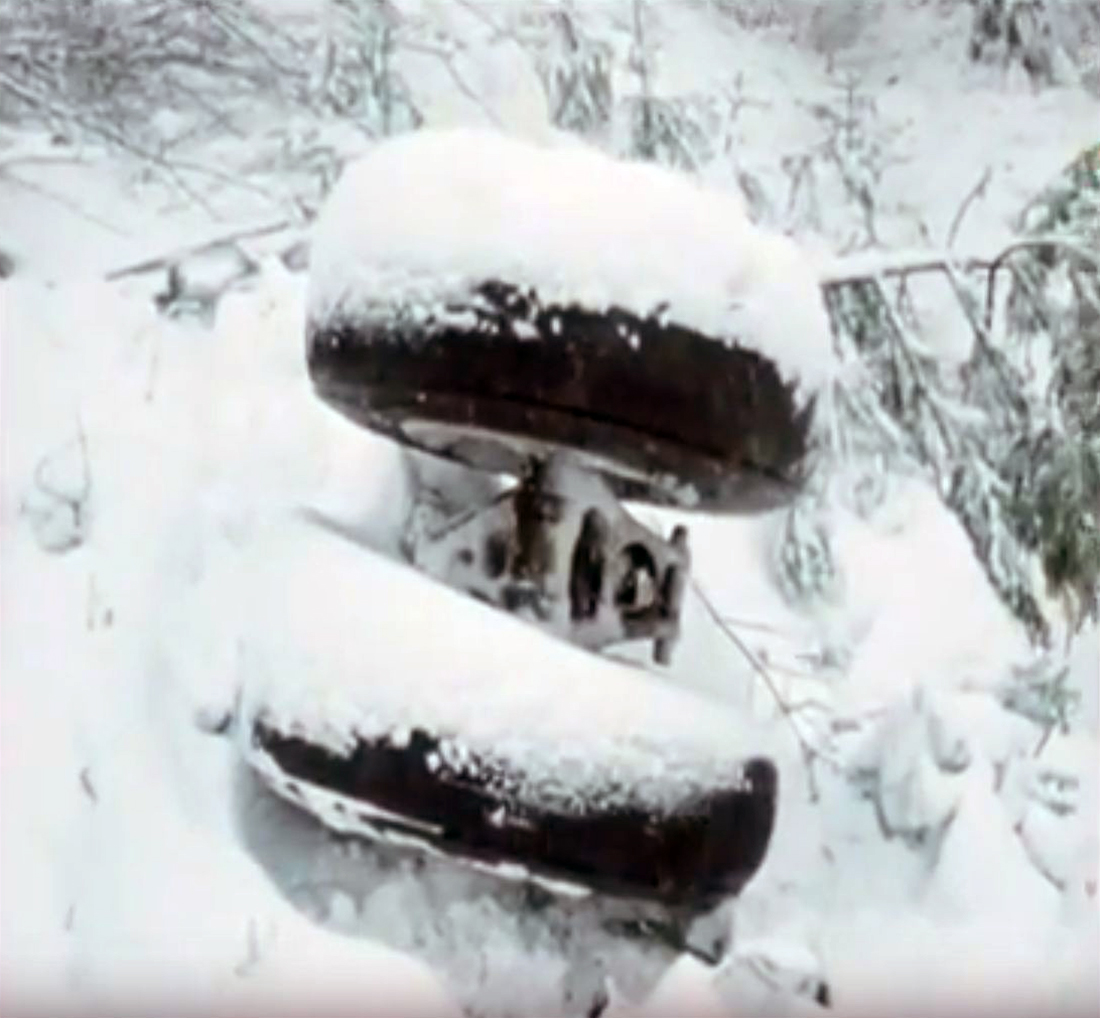
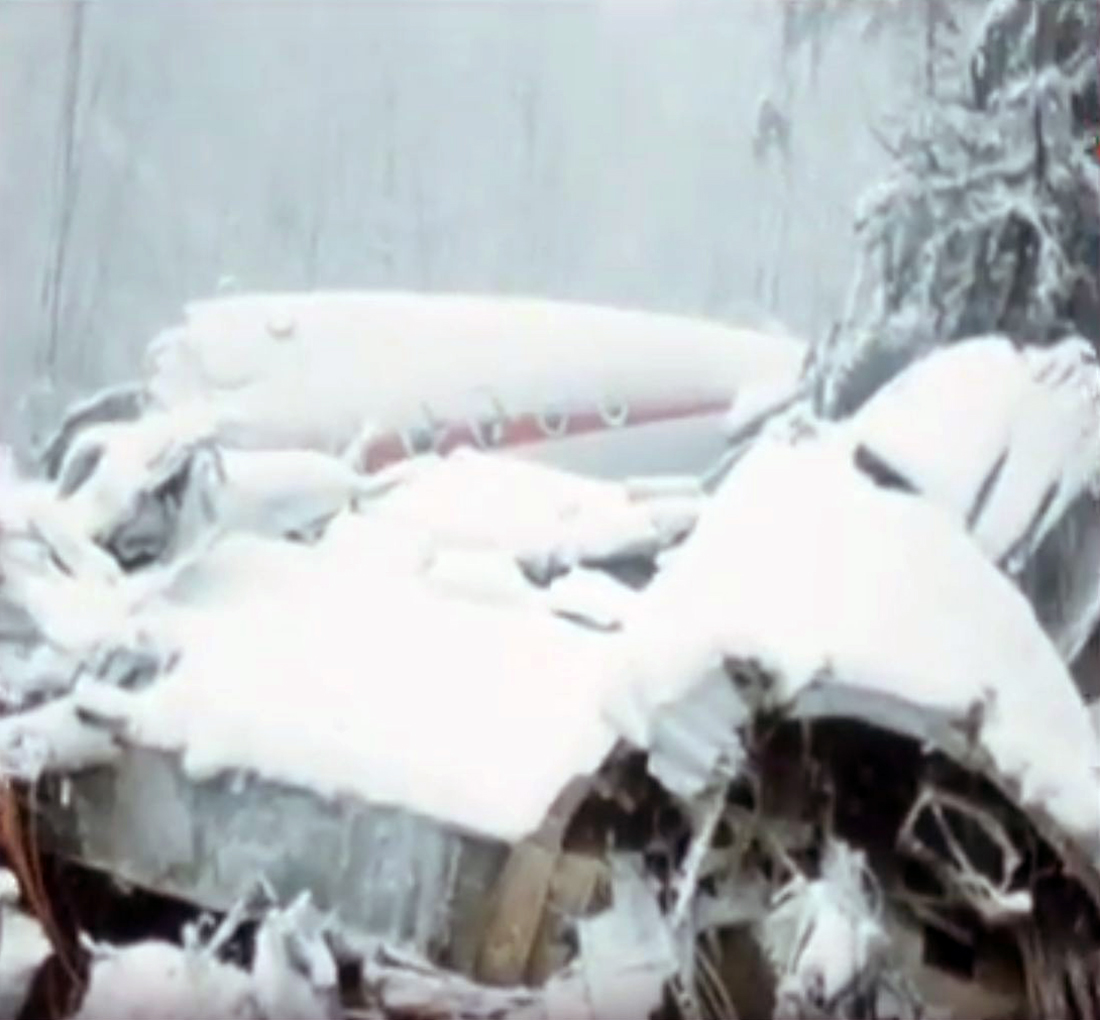
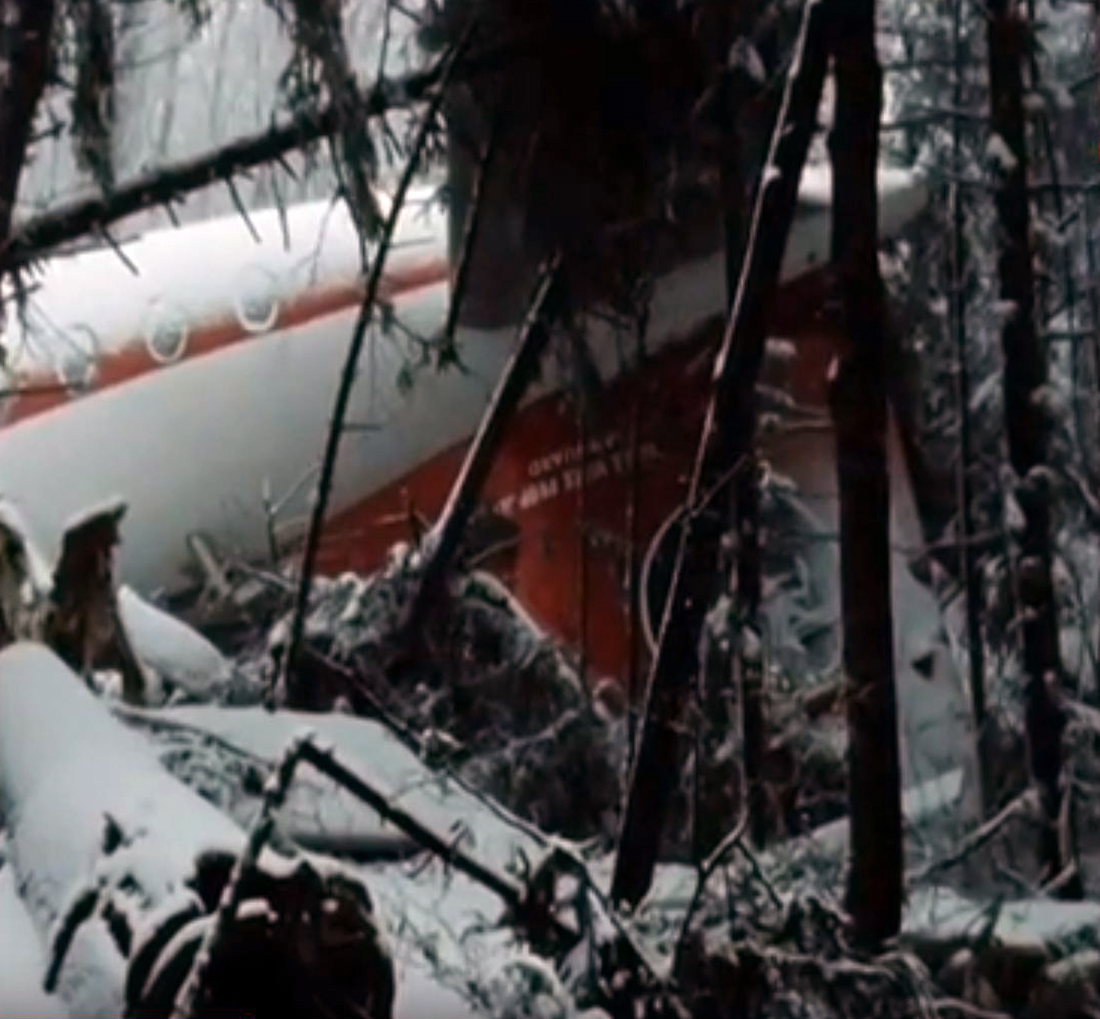
Crash of a Vickers 951 Vanguard in Aarsele: 63 killed
Date & Time:
Oct 2, 1971 at 1110 LT
Registration:
G-APEC
Survivors:
No
Schedule:
London - Salzburg
MSN:
706
YOM:
1959
Flight number:
BE706
Crew on board:
8
Crew fatalities:
Pax on board:
55
Pax fatalities:
Other fatalities:
Total fatalities:
63
Captain / Total hours on type:
1927.00
Copilot / Total hours on type:
764
Aircraft flight hours:
21683
Aircraft flight cycles:
17261
Circumstances:
En route from London-Heathrow to Salzburg at an altitude 19,000 feet, the rear pressure bulkhead ruptured. An explosive decompression of the fuselage occurred, causing serious interior damage and severe distortion of upper tailplane skin attachments. The tail surfaces subsequently detached, causing the airplane to enter a steep dive. The Vanguard spiraled down out of control and crashed in a field next to a highway. During the investigation corrosion was found in the lower part of the rear pressure bulkhead underneath plating that was bonded to the structure. The bond was completely delaminated in this area and the bulkhead material literally eaten away. Fluid contamination, perhaps from the lavatory, was thought to have been the root cause for the corrosion.
Probable cause:
The accident was caused by the rupture of the rear pressure bulkhead, which led to the separation both tailplanes in flight and caused the aircraft to dive into the ground.
Final Report:
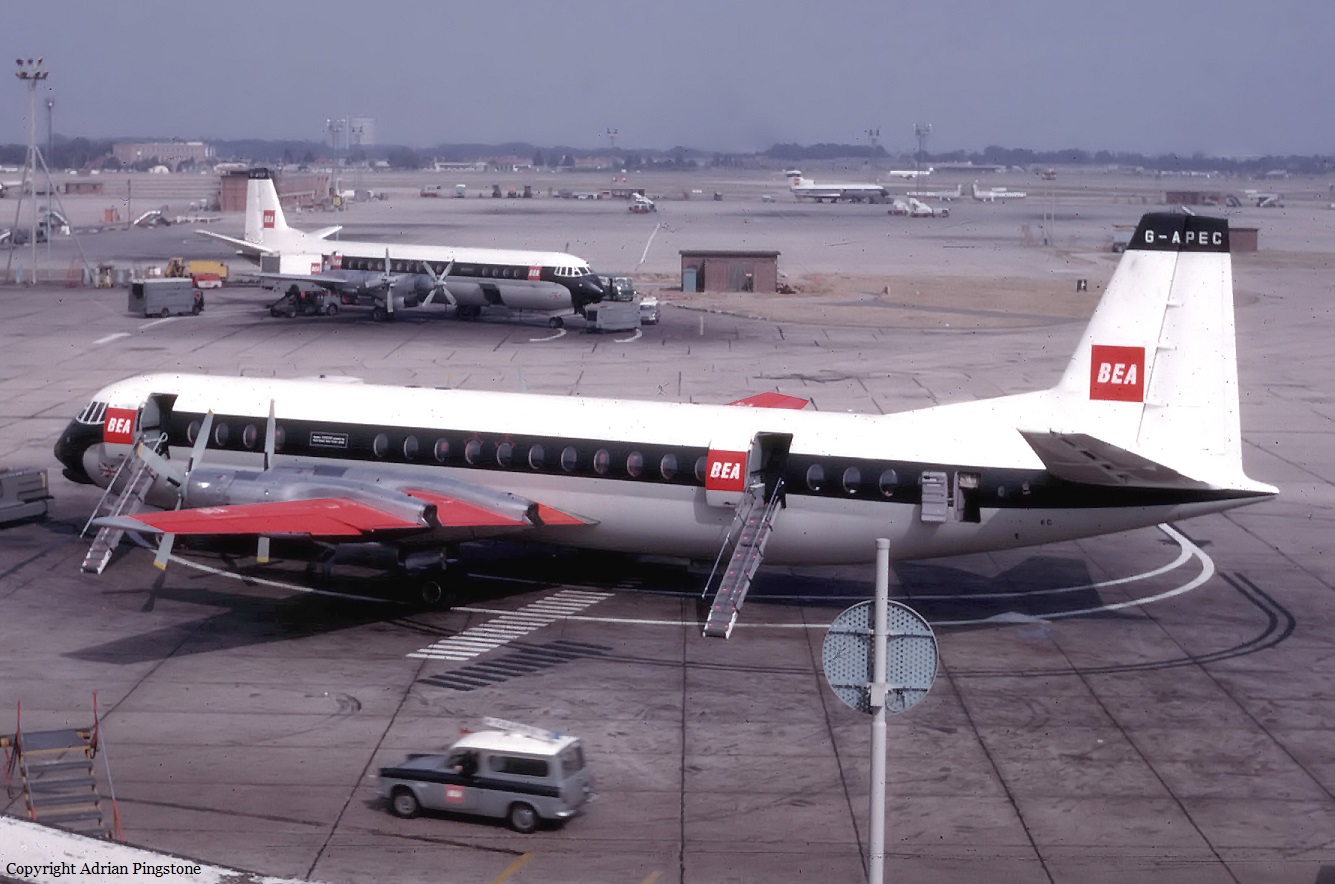
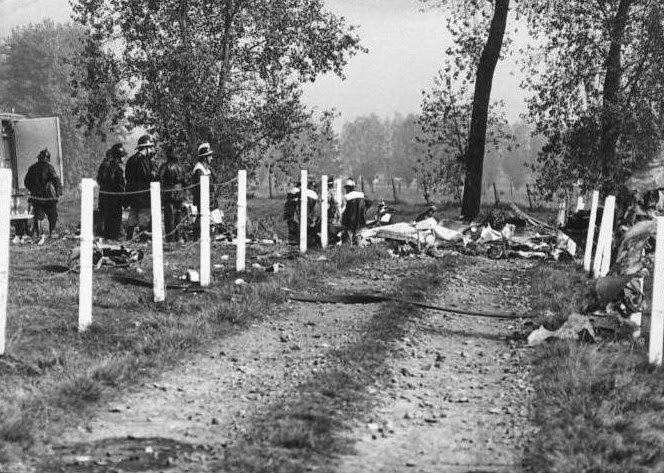
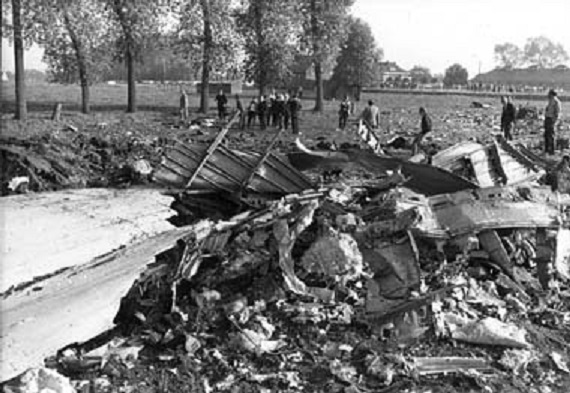
Crash of a Vickers 951 Vanguard in London: 36 killed
Date & Time:
Oct 27, 1965 at 0223 LT
Registration:
G-APEE
Survivors:
No
Schedule:
Edinburgh - London
MSN:
708
YOM:
1960
Crew on board:
6
Crew fatalities:
Pax on board:
30
Pax fatalities:
Other fatalities:
Total fatalities:
36
Captain / Total hours on type:
1049.00
Copilot / Total hours on type:
1155
Circumstances:
The aircraft was on a scheduled domestic flight from Turnhouse Airport, Edinburgh to Heathrow Airport, London. The flight departed Edinburgh at 23:17 hours UTC on October 26 for an domestic flight to London. The flight was uneventful until Garston VOR, the holding point. At 00:15 the captain decided to attempt a landing on runway 28R. The co-pilot was probably making the ILS approach, monitored on PAR by the air traffic control officer, while the pilot-in-command would be seeking a visual reference to enable him if possible to take over control and land. RVR on this runway was reported as 350 m (1140 feet). At 00:23 the captain informed ATC that he was overshooting. He then decided to make a second attempt, this time on runway 28L for which the RVR was reported as 500 m (1634 feet). Since the ILS was operating on glide path only and not in azimuth, ATC provided a full taIkdown. At half a mile from touchdown the PAR Controller was not entirely satisfied with the positioning of the aircraft in azimuth and was about to give instructions to overshoot when he observed that the pilot had in fact instituted na overshoot procedure. At 00:35 hours the pilot-in-command reported that they overshot because they did not see anything. He then requested to join one of the stacks and hold for a little while. This request was granted. The pilot-in-command decided to wait for half an hour at the Garston holding point. At 00:46 another Vanguard landed successfully on runway 28R. At 01:11, although there had been no improvement in the weather conditions, the pilot-in-command probably stimulated by the other aircraft's success, asked permission to make another attempt to land on runway 28R. Meanwhile another Vanguard aircraft had overshot on 28R. However, the captain started another monitored ILS final approach on runway 28R at 01:18. At 01:22 the PAR controller passed the information that the aircraft was 3/4 of a mile from touchdown and on the centre line. Twenty-two seconds later the pilot-in-command reported they were overshooting. The copilot rotated the airplane abruptly and the captain raised the flaps. Instead of selecting the flaps to 20 degrees, he selected 5 degrees or fully up. Because the speed was not building up, the copilot relaxed pressure on the elevator. Speed increased to 137 kts and the vertical speed indicator showed a rate of climb of 850 feet/min. The copilot therefore put the aircraft's nose further down. At four seconds before impact the VSI was probably showing a substantial rate of climb and the altimeter a gain in height, although the airplane was in fact losing height. The copilot was misled into continuing his down pressure on the elevator. The vanguard had by then entered a steep dive. The aircraft hit the runway about 2600 feet from the threshold.
Probable cause:
The cause of the accident was attributed to pilot error due to the following combination of events:
- low visibility (less than 50 meters),
- tiredness,
- anxiety,
- disorientation,
- lack of experience of overshooting in fog,
- over-reliance on pressure instruments,
- position error in pressure instruments,
- lacunae in training,
- unsatisfactory overshoot procedure,
- indifferent flap selector mechanism design,
- wrong flap selection.
- low visibility (less than 50 meters),
- tiredness,
- anxiety,
- disorientation,
- lack of experience of overshooting in fog,
- over-reliance on pressure instruments,
- position error in pressure instruments,
- lacunae in training,
- unsatisfactory overshoot procedure,
- indifferent flap selector mechanism design,
- wrong flap selection.
Final Report:
